Learn to deploy and operate F5 Advanced WAF to protect web applications from the most critical security risks as described in the OWASP Top 10 list, from bots and other automated agents, and from Denial of Service (DoS) attacks operating at the HTTP layer of the web application delivery ecosystem. Through a combination of lecture, hands-on labs, and discussion, secure applications from the majority of common attacks by the end of the first day. Take technical deep dives into mitigating web scraping, account aggregation, account creation, ad fraud, CAPTCHA defeat, card cracking, carding, cashing out, credential stuffing, and other unwanted automated application abuse as described in the OWASP automated threats list.
Observe various vulnerability mitigations in real time by playing the role of an attacker in lab exercises. Gain context for securing applications, including analysis of HTTP and the elements of both modern and traditional web applications such as file types, parameters, URLs, and login pages. Learn to recognize client and server-side technologies such as JSON and AJAX, and learn to address vulnerabilities that might be present in common application development tools such as PHP, AngularJS, and others.
Review recommended practices for reporting, security event logging, and integration with third-party web application vulnerability scanners in detail. Follow prescribed step-by-step directions for activities initially, and gradually gain proficiency so that, by the end of class, little or no instruction is needed to complete simple to more complex configurations.
Associated certification:
- Technical Specialist Track
Exam/Test:
- Exam 303: BIG-IP ASM Specialist
At the end of this course, the student will be able to:
- Describe the role of the BIG-IP system as a full proxy device in an application delivery network
- Provision the F5 Advanced Web Application Firewall
- Define a web application firewall
- Describe how F5 Advanced Web Application Firewall protects a web application by securing file types, URLs, and parameters
- Deploy F5 Advanced Web Application Firewall using the Rapid Deployment template (and other templates) and define the security checks included in each
- Define learn, alarm, and block settings as they pertain to configuring F5 Advanced Web Application Firewall
- Define attack signatures and explain why attack signature staging is important
- Deploy Threat Campaigns to secure against CVE threats
- Contrast positive and negative security policy implementation and explain benefits of each
- Configure security processing at the parameter level of a web application
- Deploy F5 Advanced Web Application Firewall using the Automatic Policy Builder
- Tune a policy manually or allow automatic policy building
- Integrate third party application vulnerability scanner output into a security policy
- Configure login enforcement for flow control
- Mitigate credential stuffing
- Configure protection against brute force attacks
- Deploy Advanced Bot Defense against web scrapers, all known bots, and other automated agents
- Deploy DataSafe to secure client-side data
Chapter 1: Introducing the BIG-IP System
- Initially Setting Up the BIG-IP System
- Archiving the BIG-IP Configuration
- Leveraging F5 Support Resources and Tools
Chapter 2: Traffic Processing with BIG-IP
- Identifying BIG-IP Traffic Processing Objects
- Understanding Profiles
- Overview of Local Traffic Policies
- Visualizing the HTTP Request Flow
Chapter 3: Overview of Web Application Processing
- Web Application Firewall: Layer 7 Protection
- Layer 7 Security Checks
- Overview of Web Communication Elements
- Overview of the HTTP Request Structure
- Examining HTTP Responses
- How F5 Advanced WAF Parses File Types, URLs, and Parameters
- Using the Fiddler HTTP Proxy
Chapter 4: Overview of Web Application Vulnerabilities
- A Taxonomy of Attacks: The Threat Landscape
- Common Exploits Against Web Applications
Chapter 5: Security Policy Deployments: Concepts and Terminology
- Defining Learning
- Comparing Positive and Negative Security Models
- The Deployment Workflow
- Assigning Policy to Virtual Server
- Deployment Workflow: Using Advanced Settings
- Configure Server Technologies
- Defining Attack Signatures
- Viewing Requests
- Security Checks Offered by Rapid Deployment
Chapter 6: Policy Tuning and Violations
- Post-Deployment Traffic Processing
- How Violations are Categorized
- Violation Rating: A Threat Scale
- Defining Staging and Enforcement
- Defining Enforcement Mode
- Defining the Enforcement Readiness Period
- Reviewing the Definition of Learning
- Defining Learning Suggestions
- Choosing Automatic or Manual Learning
- Defining the Learn, Alarm and Block Settings
- Interpreting the Enforcement Readiness Summary
- Configuring the Blocking Response Page
Chapter 7: Using Attack Signatures and Threat Campaigns
- Defining Attack Signatures
- Attack Signature Basics
- Creating User-Defined Attack Signatures
- Defining Simple and Advanced Edit Modes
- Defining Attack Signature Sets
- Defining Attack Signature Pools
- Understanding Attack Signatures and Staging
- Updating Attack Signatures
- Defining Threat Campaigns
- Deploying Threat Campaigns
Chapter 8: Positive Security Policy Building
- Defining and Learning Security Policy Components
- Defining the Wildcard
- Defining the Entity Lifecycle
- Choosing the Learning Scheme
- How to Learn: Never (Wildcard Only)
- How to Learn: Always
- How to Learn: Selective
- Reviewing the Enforcement Readiness Period: Entities
- Viewing Learning Suggestions and Staging Status
- Defining the Learning Score
- Defining Trusted and Untrusted IP Addresses
- How to Learn: Compact
Chapter 9: Securing Cookies and other Header Topics
- The Purpose of F5 Advanced WAF Cookies
- Defining Allowed and Enforced Cookies
- Securing HTTP headers
Chapter 10: Visual Reporting and Logging
- Viewing Application Security Summary Data
- Reporting: Build Your Own View
- Reporting: Chart based on filters
- Brute Force and Web Scraping Statistics
- Viewing Resource Reports
- PCI Compliance: PCI-DSS 3.0
- Analyzing Requests
- Local Logging Facilities and Destinations
- Viewing Logs in the Configuration Utility
- Defining the Logging Profile
- Configuring Response Logging
Chapter 11: Lab Project 1
Chapter 12: Advanced Parameter Handling
- Defining Parameter Types
- Defining Static Parameters
- Defining Dynamic Parameters
- Defining Parameter Levels
- Other Parameter Considerations
Chapter 13: Automatic Policy Building
- Defining Templates Which Automate Learning
- Defining Policy Loosening
- Defining Policy Tightening
- Defining Learning Speed: Traffic Sampling
- Defining Track Site Changes
Chapter 14: Integrating with Web Application Vulnerability Scanners
- Integrating Scanner Output
- Importing Vulnerabilities
- Resolving Vulnerabilities
- Using the Generic XML Scanner XSD file
Chapter 15: Deploying Layered Policies
- Defining a Parent Policy
- Defining Inheritance
- Parent Policy Deployment Use Cases
Chapter 16: Login Enforcement and Brute Force Mitigation
- Defining Login Pages for Flow Control
- Configuring Automatic Detection of Login Pages
- Defining Brute Force Attacks
- Brute Force Protection Configuration
- Source-Based Brute Force Mitigations
- Defining Credential Stuffing
- Mitigating Credential Stuffing
Chapter 17: Reconnaissance with Session Tracking
- Defining Session Tracking
- Configuring Actions Upon Violation Detection
Chapter 18: Layer 7 Denial of Service Mitigation
- Defining Denial of Service Attacks
- Defining the DoS Protection Profile
- Overview of TPS-based DoS Protection
- Creating a DoS Logging Profile
- Applying TPS Mitigations
- Defining Behavioral and Stress-Based Detection
Chapter 19: Advanced Bot Defense
- Classifying Clients with the Bot Defense Profile
- Defining Bot Signatures
- Defining F5 Fingerprinting
- Defining Bot Defense Profile Templates
- Defining Microservices protection
Chapter 20: Final Projects
This course is intended for SecOps personnel responsible for the deployment, tuning, and day-to-day maintenance of F5 Adv. WAF. Participants will obtain a functional level of expertise with F5 Advanced WAF, including comprehensive security policy and profile configuration, client assessment, and appropriate mitigation types.
Experience with LTM and prior WAF knowledge are not required.
The following free Self-Directed Training (SDT) courses, although optional, are helpful for any student with limited BIG-IP administration and configuration experience:
- Getting Started with BIG-IP
- Getting Started with Local Traffic Manager (LTM)
- Getting Started with F5 Advanced WAF
General network technology knowledge and experience are recommended before attending any F5 Global Training Services instructor-led course, including OSI model encapsulation, routing and switching, Ethernet and ARP, TCP/IP concepts, IP addressing and subnetting, NAT and private IP addressing, NAT and private IP addressing, default gateway, network firewalls, and LAN vs. WAN.


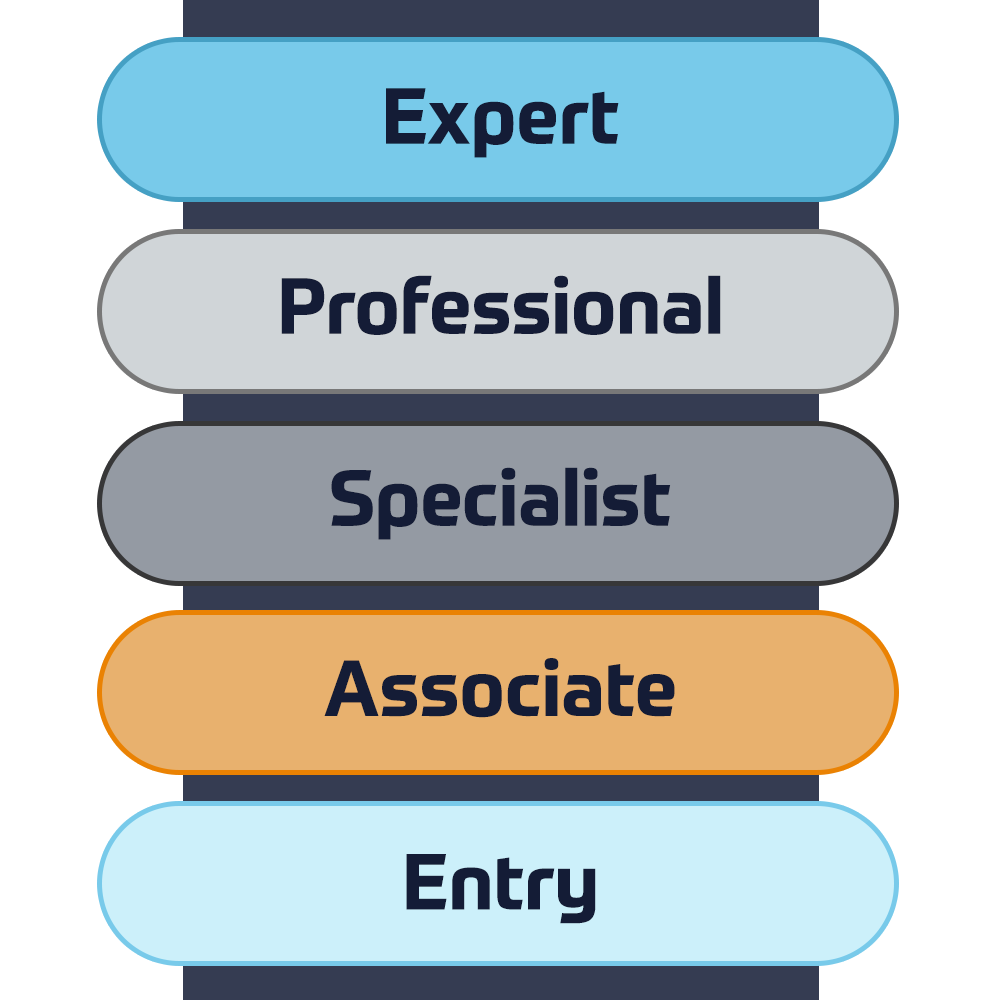



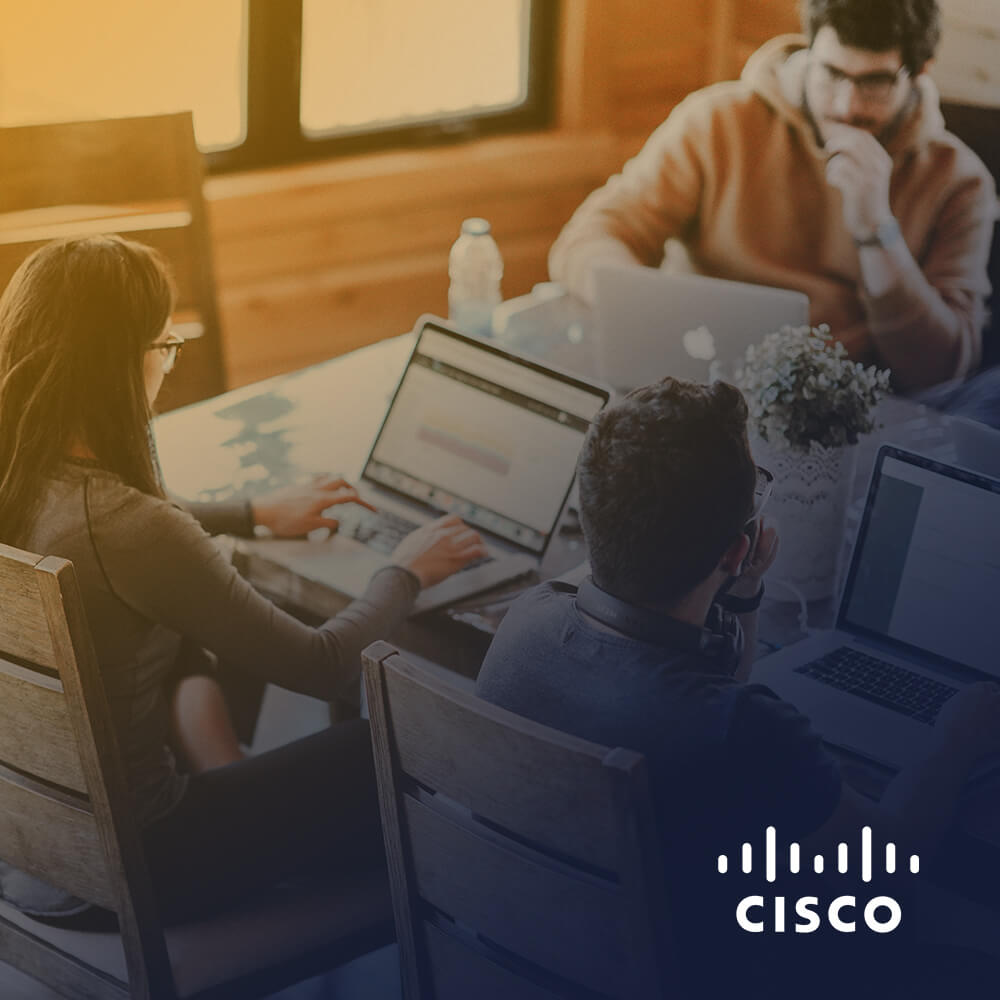





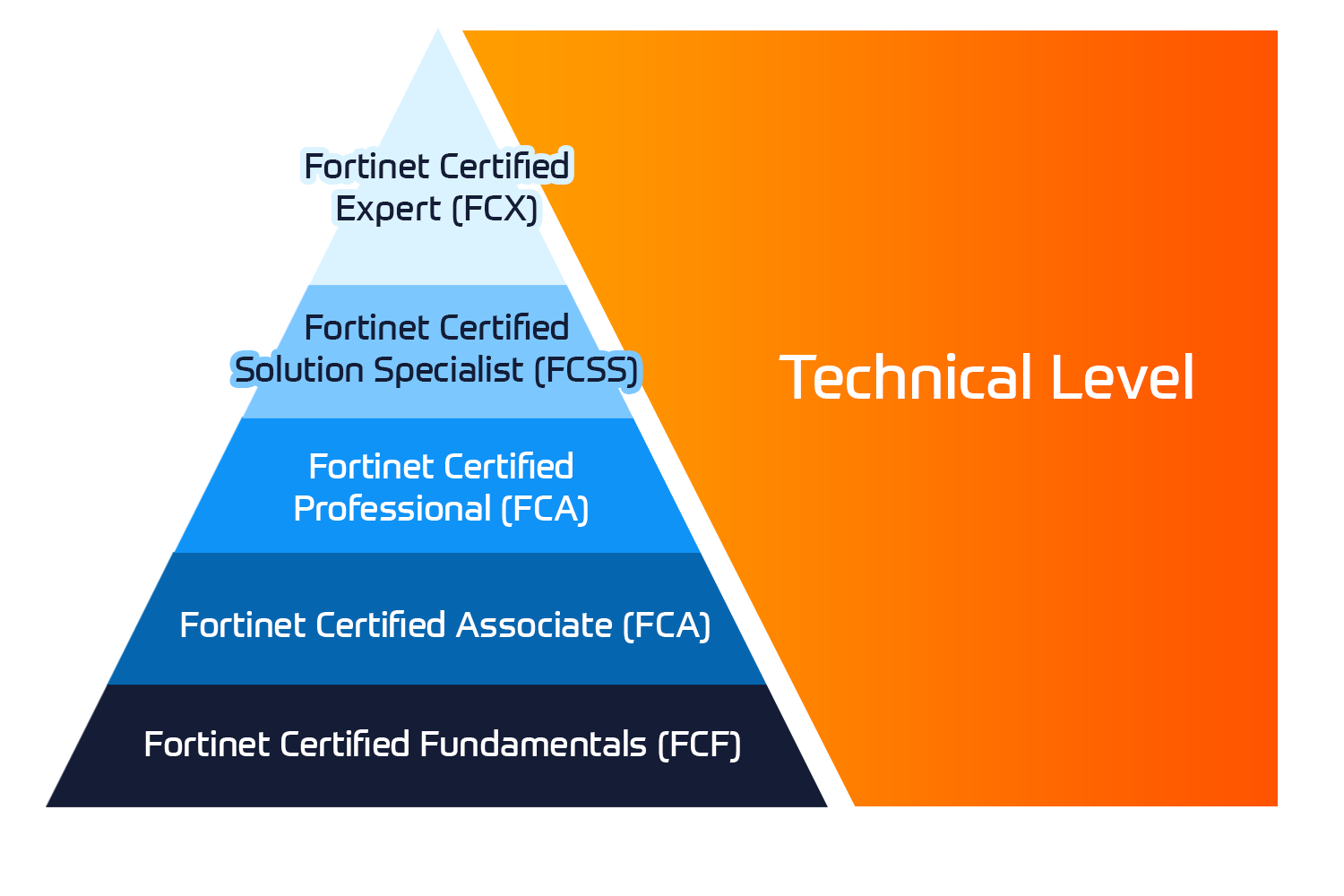





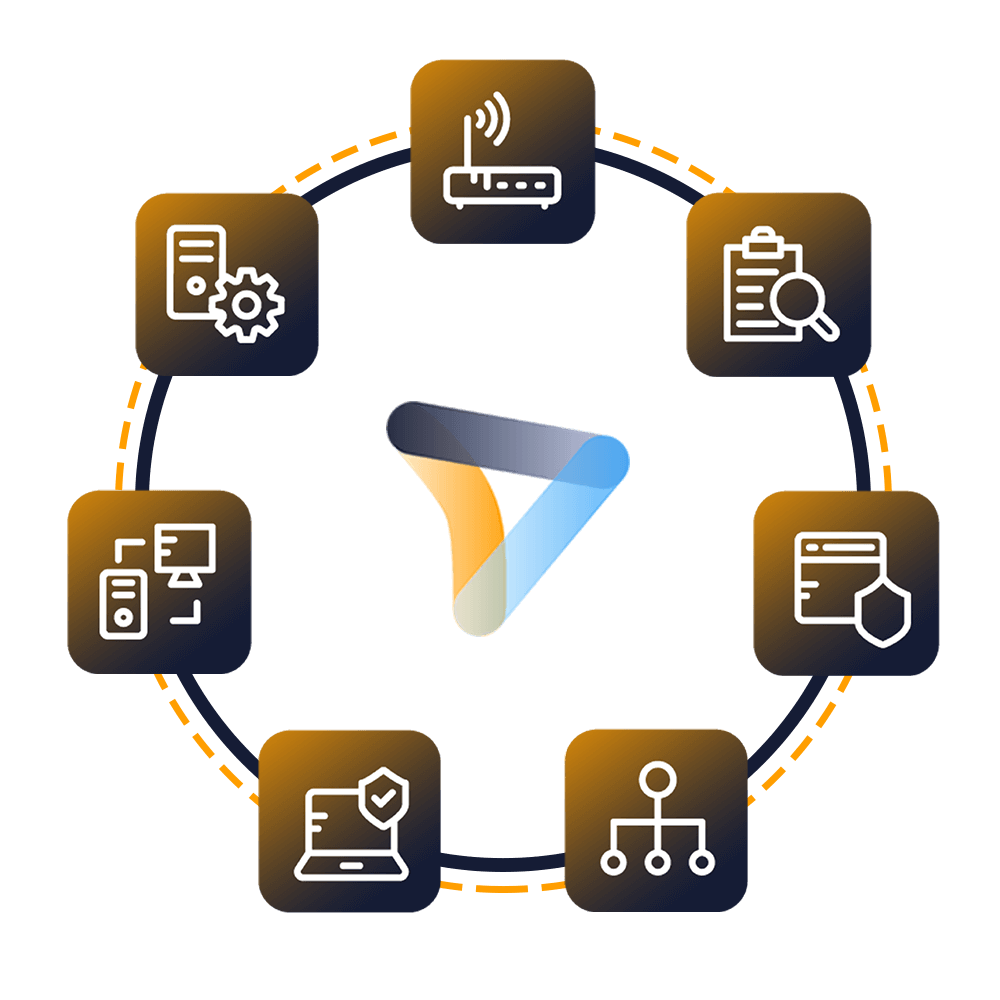




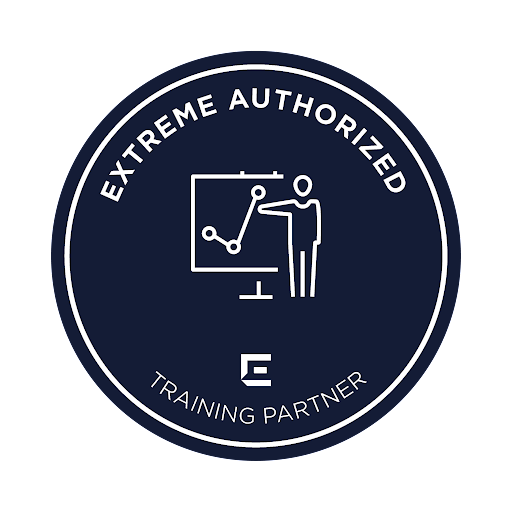






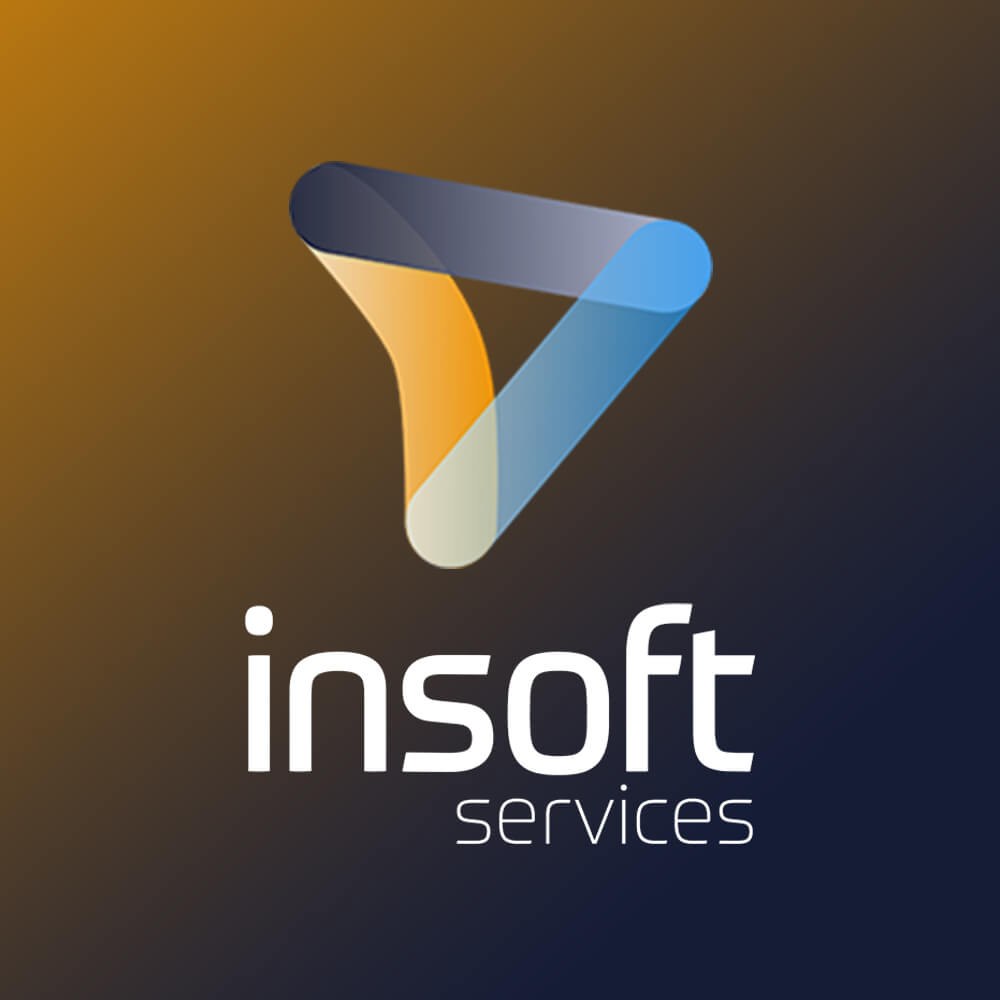



 United Kingdom
United Kingdom Germany
Germany Norway
Norway Sweden
Sweden Italy
Italy Netherlands
Netherlands Finland
Finland
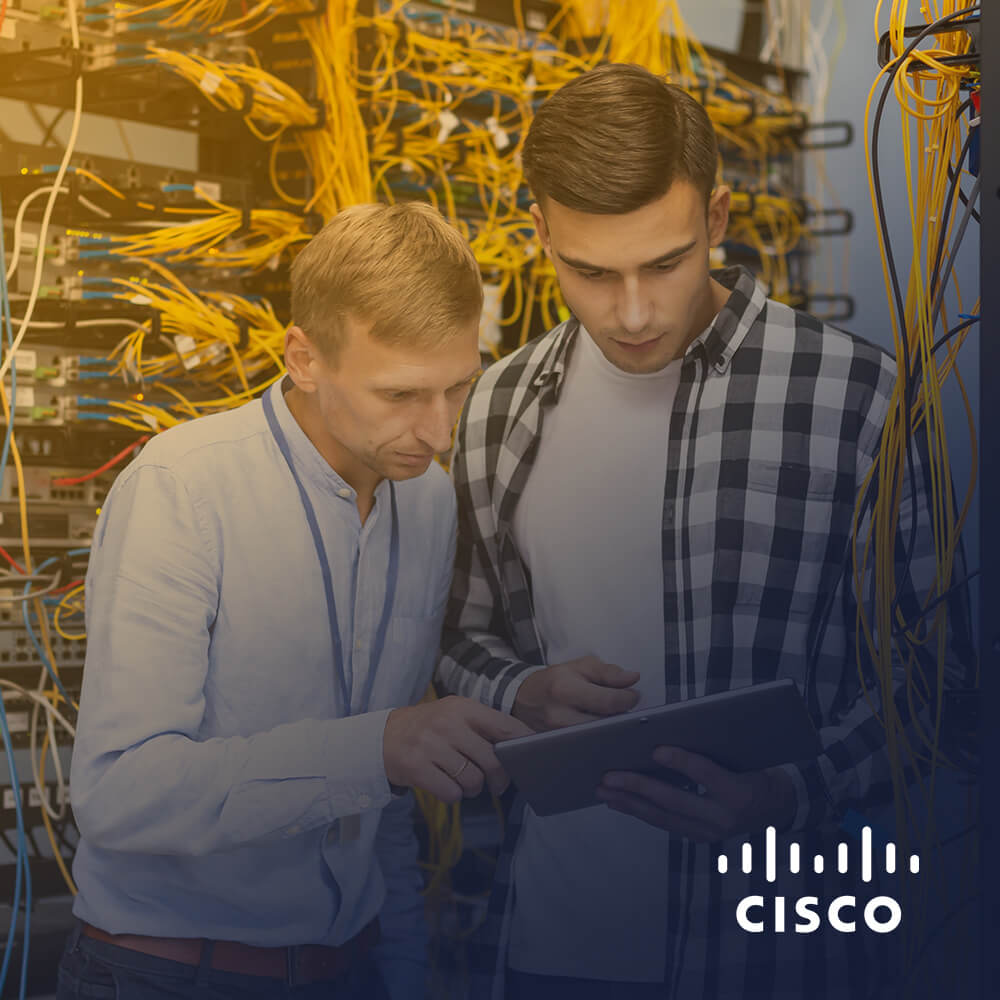
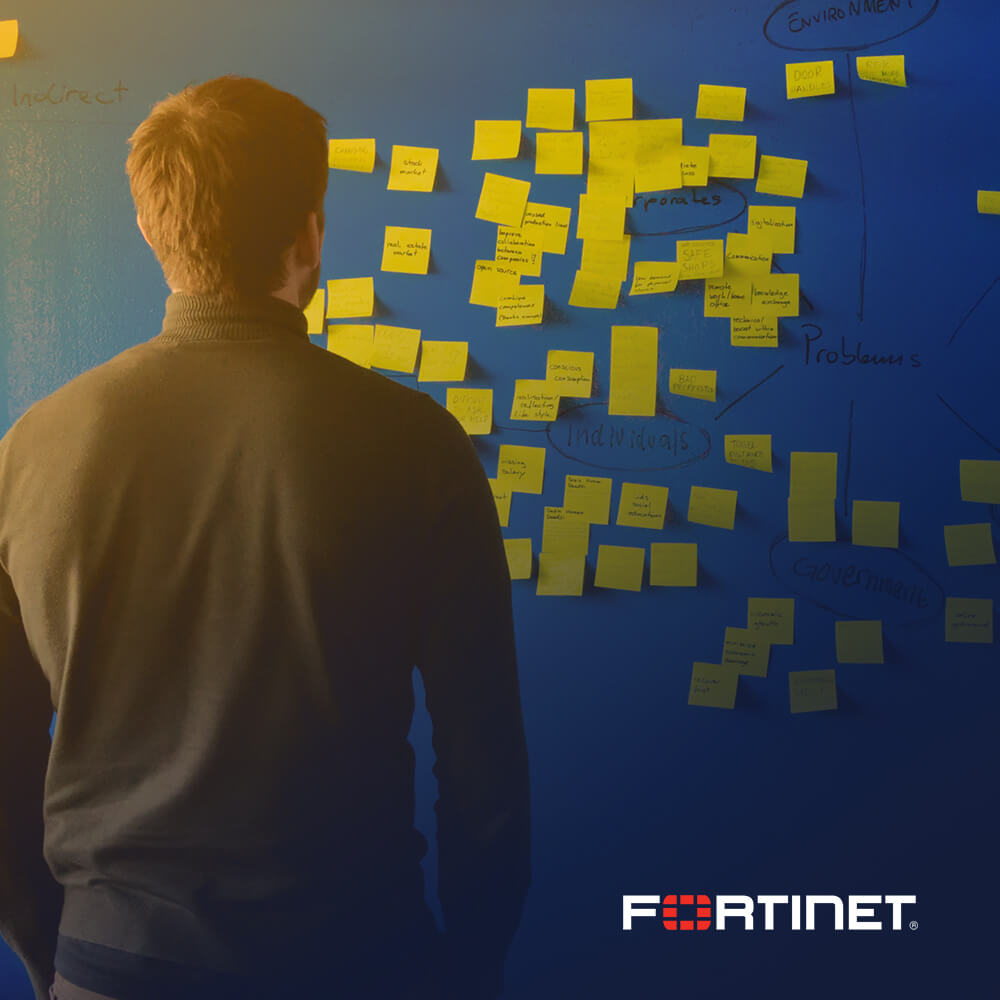



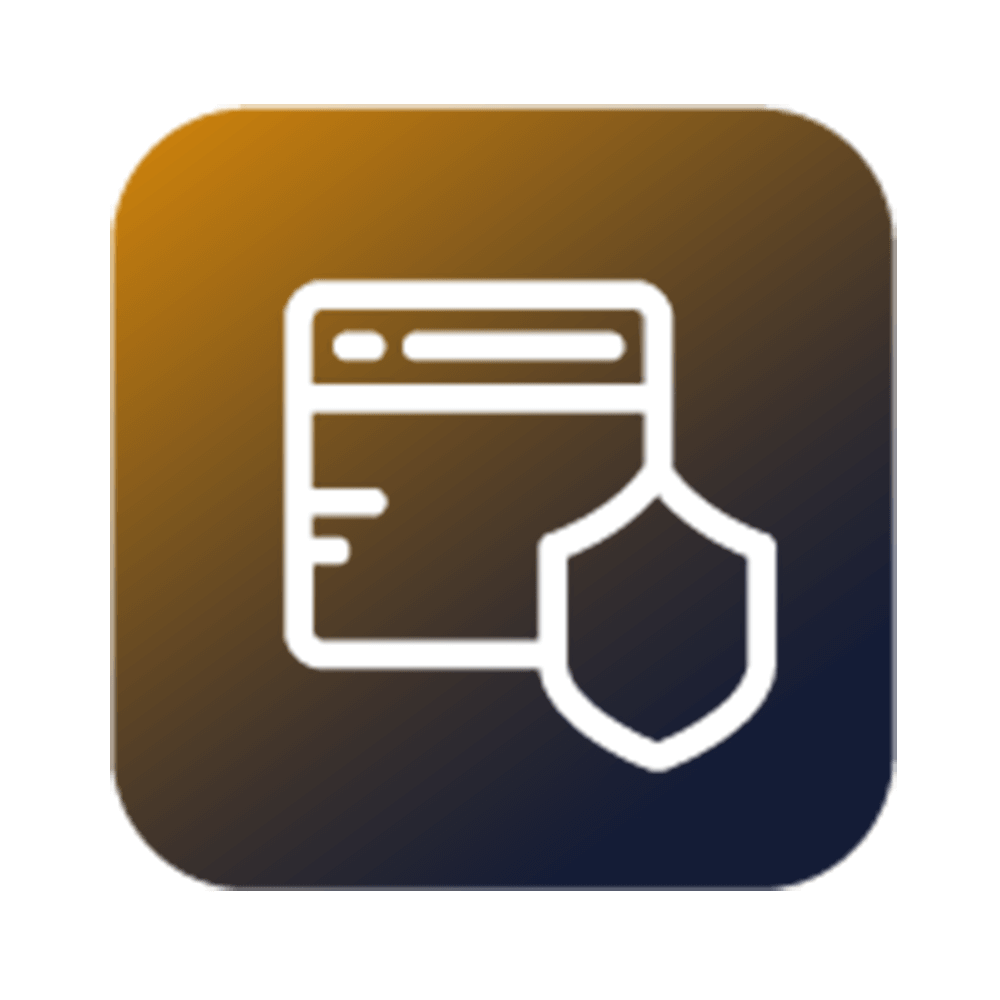
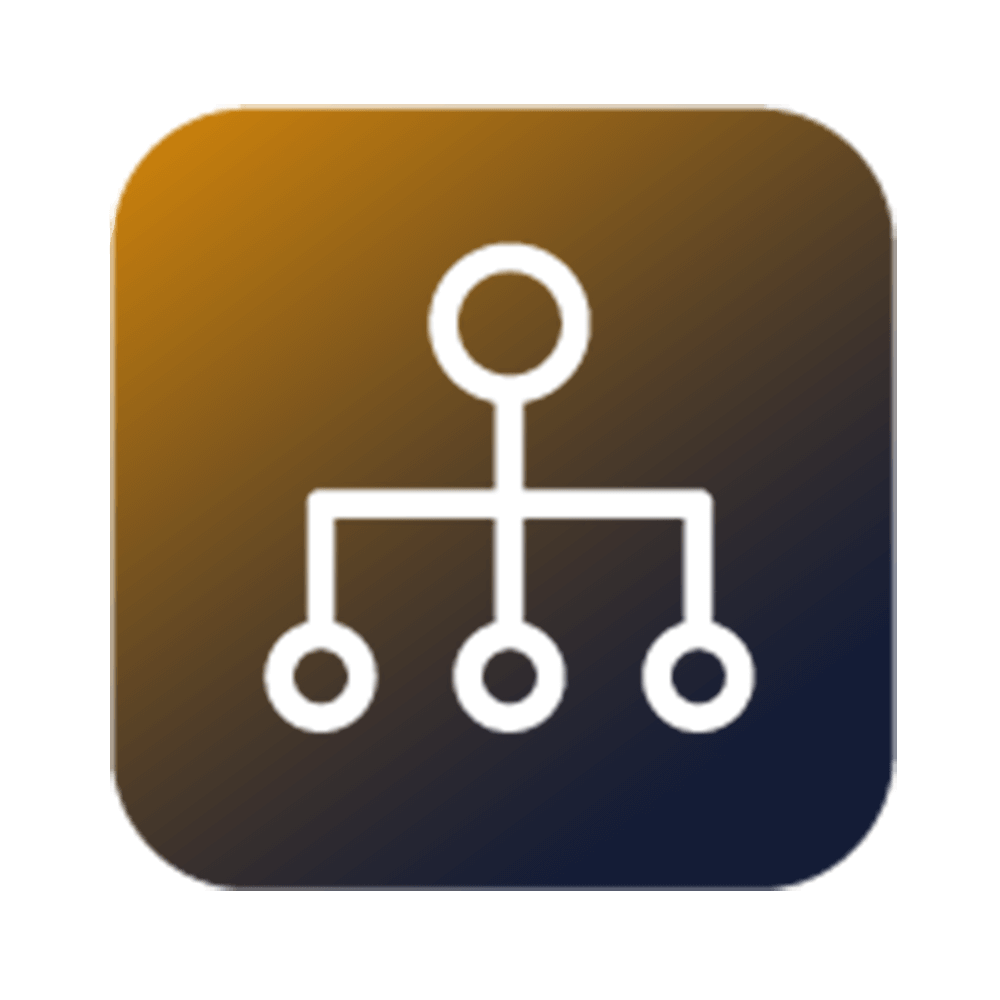
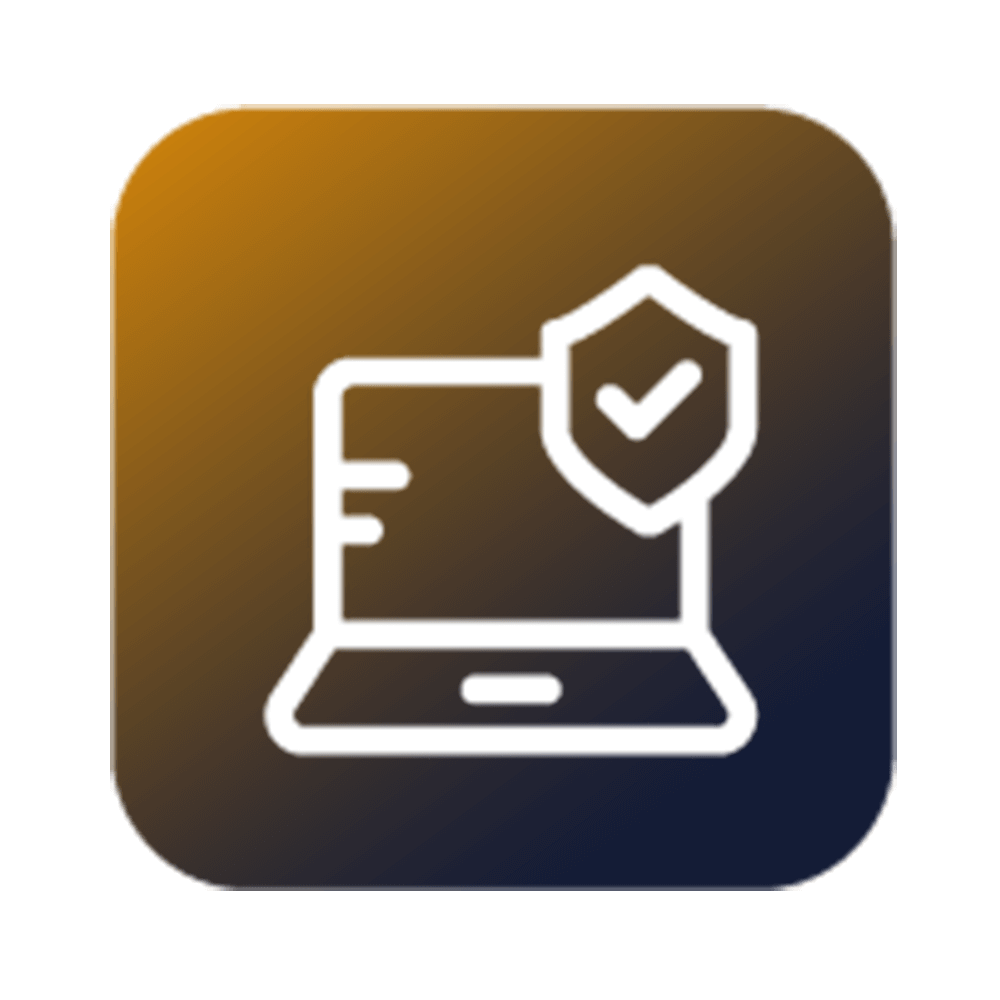

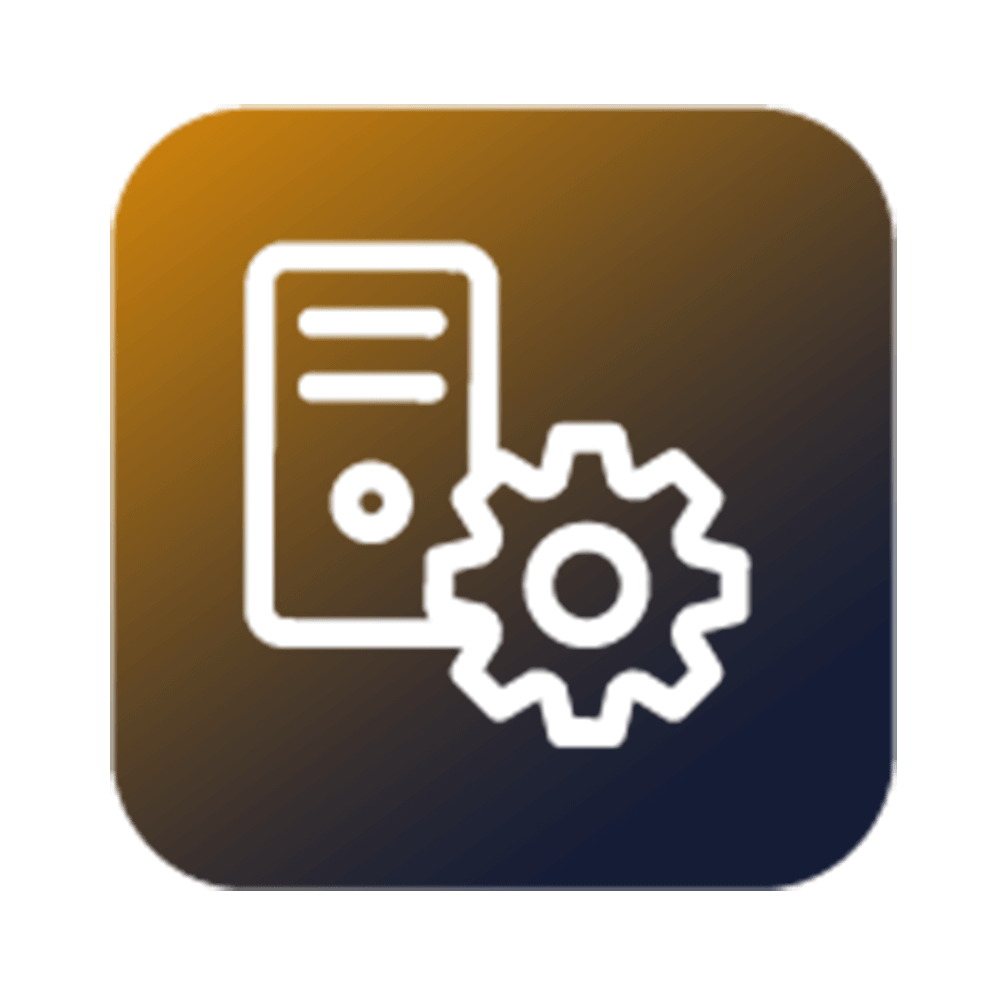
 Duration
Duration
 Delivery
Delivery  Price
Price